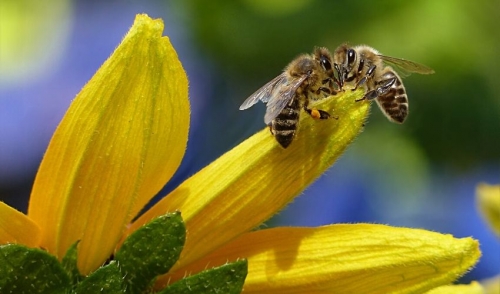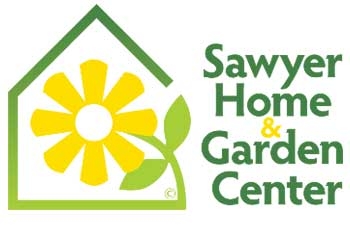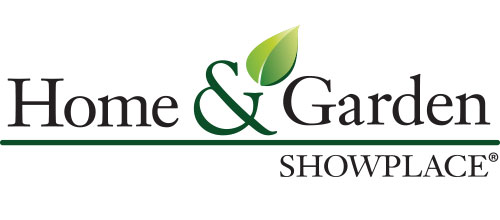
Creating a Bee-Safe Garden
Gardeners spend countless hours striving to protect their plantings from all manner of harmful grubs and beetles to aphids, cutworms, mealybugs, and countless other unwelcome pests. Some of the most familiar and widespread insects – bees – ought to be welcomed and celebrated in the garden, but they can be inadvertently excluded and even harmed by those same pest control techniques. Creating a bee-safe garden doesn’t have to be difficult, however, and the more bee-friendly a garden is, the more both these beneficial insects and the garden will thrive.
Bees Are Excellent Garden Helpers
There are thousands of bee species around the world, and there are more than 4,000 species of bees in North America alone. Many types of bees are helpful in the garden, pollinating flowering trees and shrubs, flowers, herbs, fruits, and vegetables. With bees’ help, plants will produce more seeds, creating more bountiful crops and more beautiful flowerbeds, with no need for tedious hand-pollination or other artificial assistance.
Tips for a Bee-Safe Garden
There are many ways to attract and welcome bees to your garden, no matter what you grow, how big a plot you cultivate, or when you hope to harvest. To make your garden more bee-friendly…
- Plant Bees’ Favorite Flowers While most flowers will help support bees, blooms that produce larger amounts of pollen and nectar are more attractive to these beneficial insects. Coneflower, clover, cosmos, poppies, marigolds, and zinnias are great for bees, as are popular flower herbs like oregano and rosemary. Choose native flowers whenever possible, and avoid extreme cultivars that may be bred for extra petals or showy colors at the expense of pollen and nectar.
- Place Flowers Throughout Your Garden No matter which flowers you choose to help bees, adding those flowers in different spots throughout your garden will bring these insects right to where you need their pollination the most. Adding flowers at the corners of your garden, between types of plants, or just in different spots on each row will not only help bees explore all your garden space, but will add unexpected dashes of color to your garden landscape.
- Choose Plants for All-Season Blooming The longer trees, vines, shrubs, and flowers are blooming in your yard, the more bees will be able to make use of the plants. Stagger planting times to ensure ongoing bloom cycles, and choose plants that bloom early and late in the spring and fall so bees will have a reliable source of pollen and nectar throughout the year. This will also ensure plenty of pollination in your garden no matter what crops you plant or when they sprout.
- Provide Water Bees Can Access Bees need water just as much as any other wildlife, but they will easily drown in deep dishes, basins, and bird baths. For a bee-safe water source, use a shallow dish and fill it with river rocks, marbles, pebbles, or large gravel, ensuring that the filler breaks the water’s surface. This will provide bees with plenty of access points to drink without getting stuck in deeper puddles.
- Preserve Bee Nesting Areas Many bees nest in underground burrows or piles of brush. Providing suitable nesting sites in your garden can keep bees nearby, so let fallen logs and old snags stay in place, and don’t trim back every bush, stem, or twig that bees might find shelter in. Leave some leaf litter intact in sheltered areas, and consider adding a bee house to your yard for read-made shelter.
- Go Vertical With Plantings Give your local bees even more space and food by going vertical with your garden space. Grapevines, peas, tomatoes, pole beans, and many other popular plants and flowering vines will easily climb a trellis or other support. This allows you have more bee-friendly planting space even in tiny gardens, on a balcony, or along a side yard.
- Minimize Pesticides The strongest pesticides are effective not only on the damaging insects they target, but can also wipe out bee populations. Reducing or completely eliminating pesticides in your garden will be more welcoming to bees. Also check which pesticides any seeds or seedlings have been treated with before you plant, to be sure they’re bee-friendly.
Get to Know Bees
One of the best ways to make your garden bee-friendly is to get to know your local bees. Understand their needs and behaviors and learn to live happily side by side with bees, and you’ll start to notice how very helpful they are in the garden and landscape. Consult with local beekeepers, garden centers, and nurseries for more tips, and support local honey retailers to encourage even more bees in your area. By supporting bees in a number of welcoming ways, your garden will soon be buzzing with their helpful activity!

